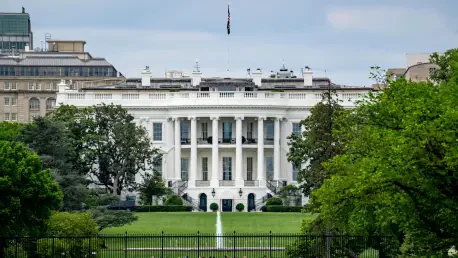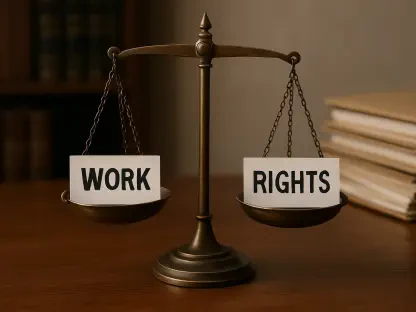Efforts by the Republican Party in Congress to advance President Donald Trump’s tax and spending plans are currently shaping the U.S. political landscape. The ambitious legislative package aims to introduce major tax cuts, increase spending, and reduce safety-net programs amidst intra-party dissent and opposition from Democrats. Central to the Republican agenda is significant tax reform, utilizing their majority control over pivotal committees, including Ways and Means and Energy and Commerce. These committees have passed tax cuts that are expected to add trillions to the national debt while imposing deep cuts on healthcare programs, such as Medicaid, affecting low-income and disabled populations.
The Republican Party faces internal divisions, particularly concerning state and local tax (SALT) deductions. Moderate Republicans from states like New York and California express concerns, while party hardliners push for more robust spending cuts. Economic implications of these plans include extending Trump’s tax cuts, initiating new tax breaks, and curtailing green energy programs. The legislative package also confronts growing U.S. debt, with urgent calls from Treasury Secretary Scott Bessent to raise the debt ceiling to prevent economic instability.
Democrats stand firm against these proposals, criticizing priorities that they argue favor tax cuts for the wealthy over healthcare and social program funding. The partisan divide adds complexity to advancing fiscal ambitions and has far-reaching implications for the country’s future economic and social landscape.









